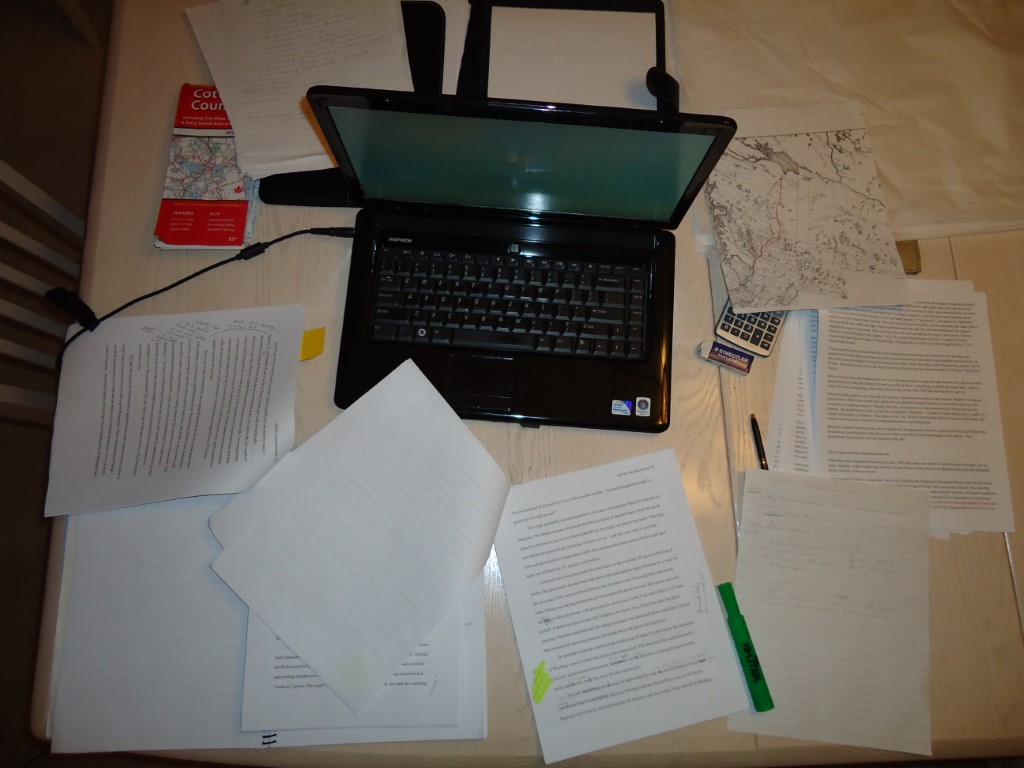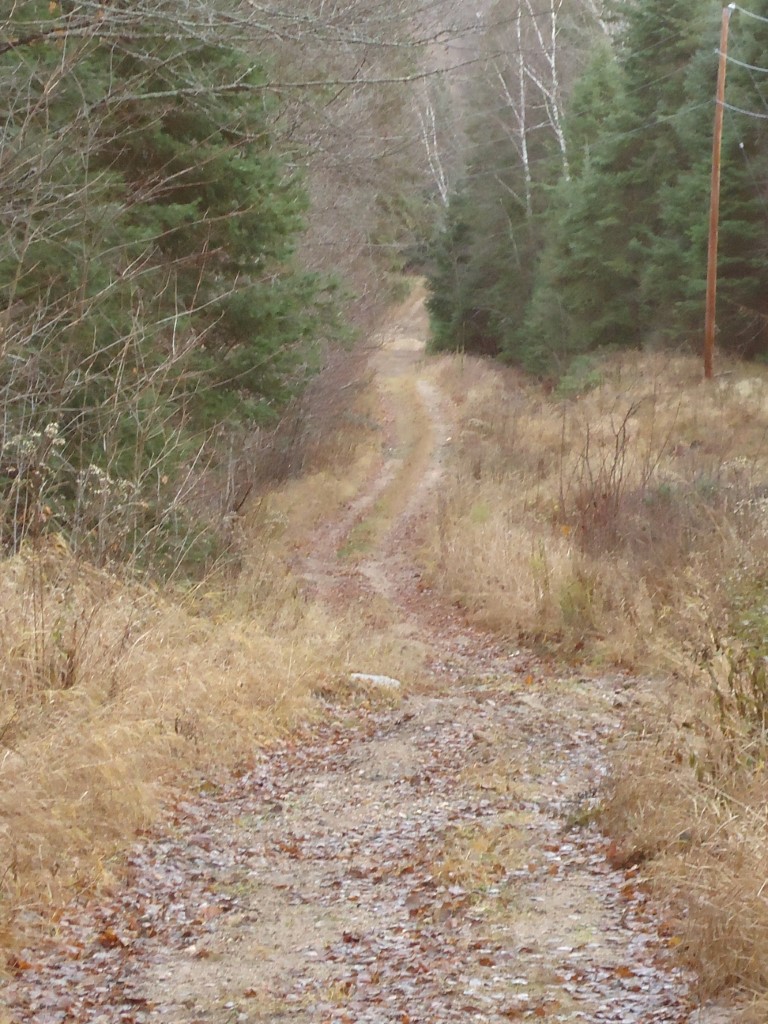REVISING THE MANUSCRIPT, PART 4: Surgical Removal of Darlings
“Kill all your darlings” is a piece of writing advice that is attributed to a couple of sources. American writer William Faulkner is most often credited, but he apparently paraphrased British writer Sir Arthur Quiller-Couch’s recommendation to “murder your darlings”. In any case, the advice is to delete anything you write that you particularly like, the logic being that if you like is so much you obviously are not being objective and therefore it must not be as good as you think. So cut it.
I’ve never liked this idea. I prefer the following formula: Draft 2 = Draft 1 – 10%. I believe any piece of writing can be culled by 10% and will be better for it. To me, using the formula allows for a more judicious pruning, not just a brute chopping of anything I think is particularly well written.
Before I finished my research for Muskoka’s Main Street, I still believed what many sources told me: that the road ended up in North Bay. During the time I was hunting down the truth about that, I did quite a bit of research on North Bay and learned some really interesting things about it. None of which is particularly relevant to my story, now that I know the road went nowhere near North Bay. But I like what I wrote, so I’ve kept it in. Until today, when I took out my literary surgical instruments.
So here are 344 words about the origins of NorthBay, which you will not be reading in Muskoka’s Main Street.
Sorry, darlings.

